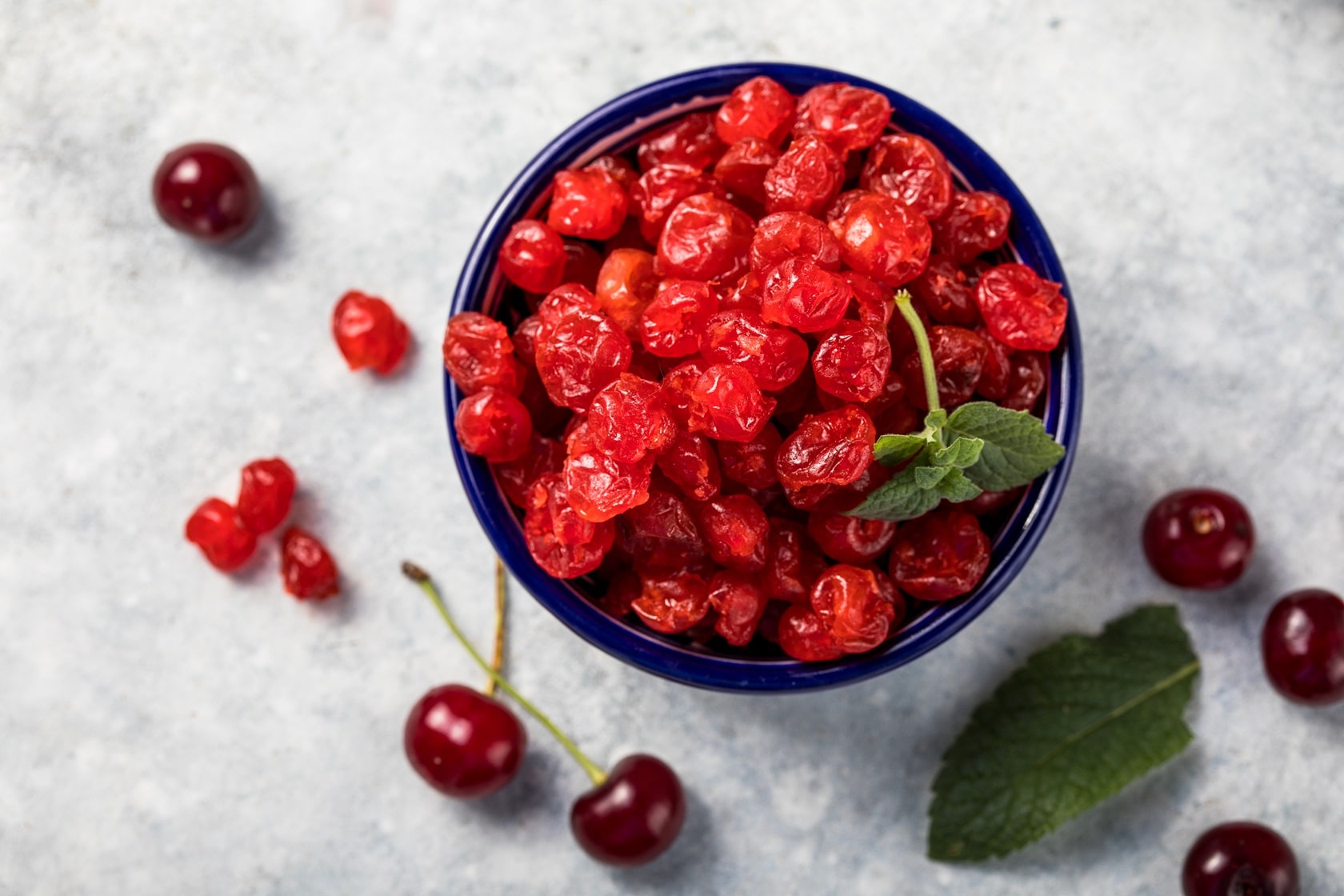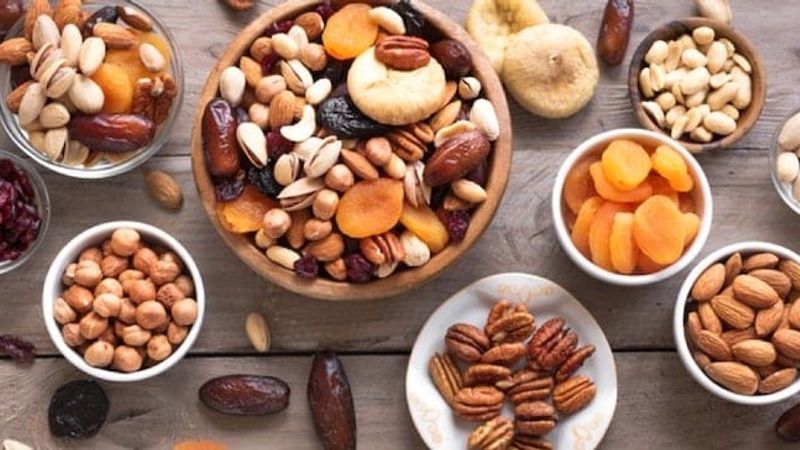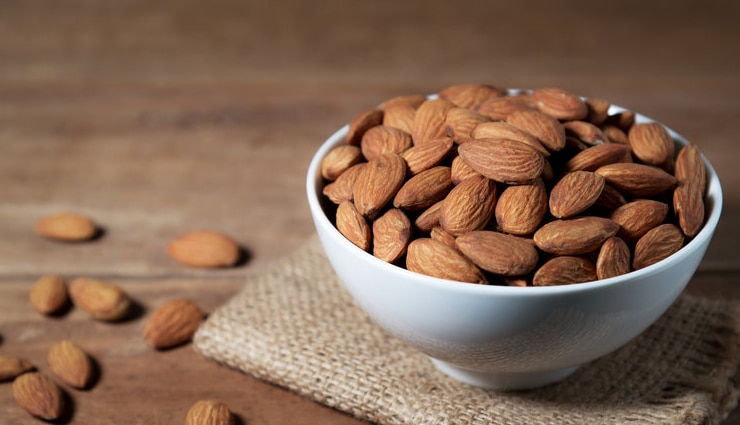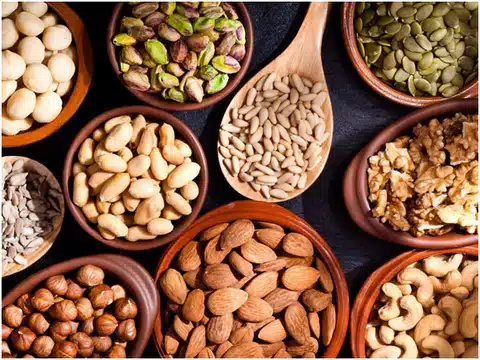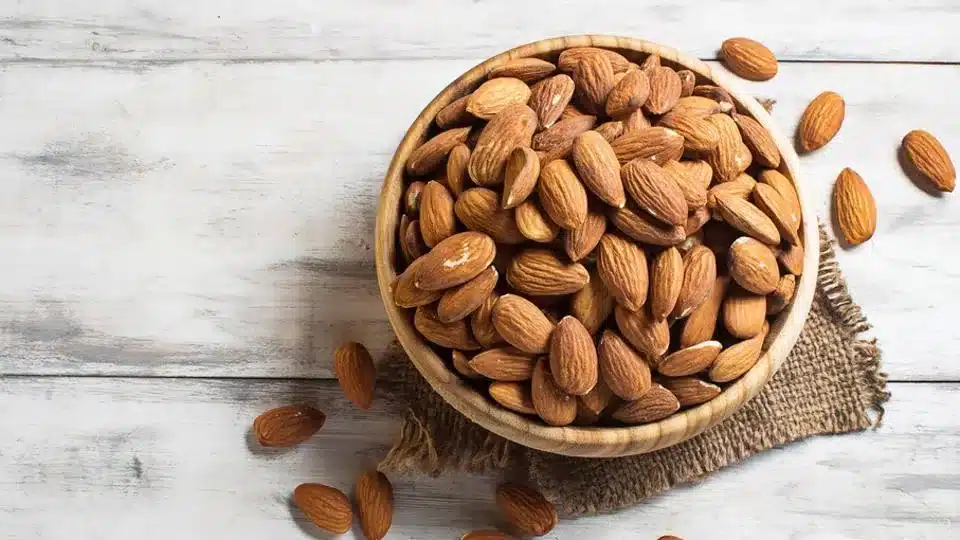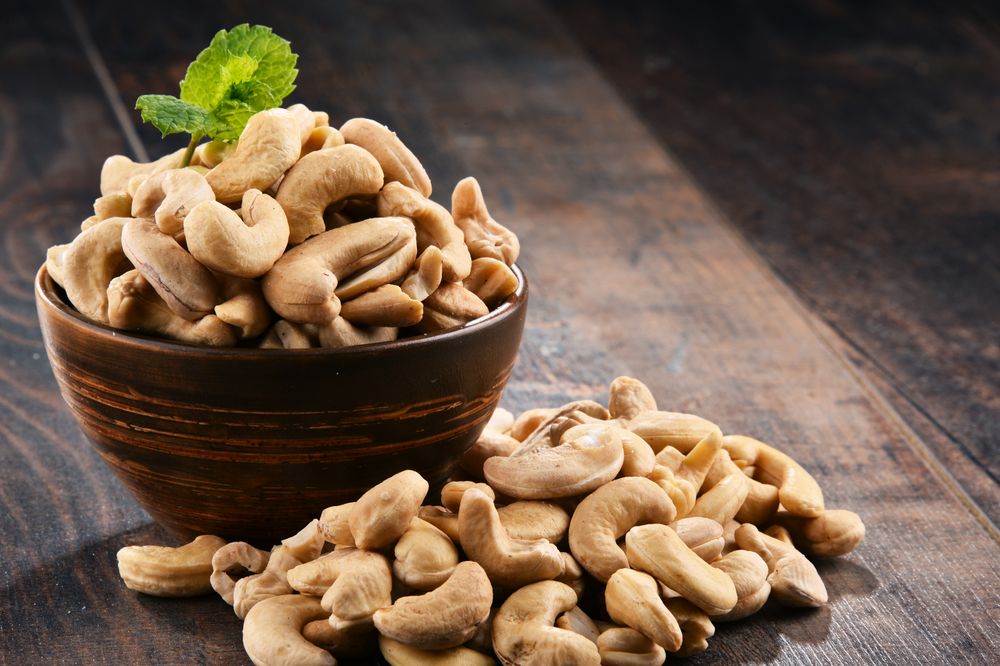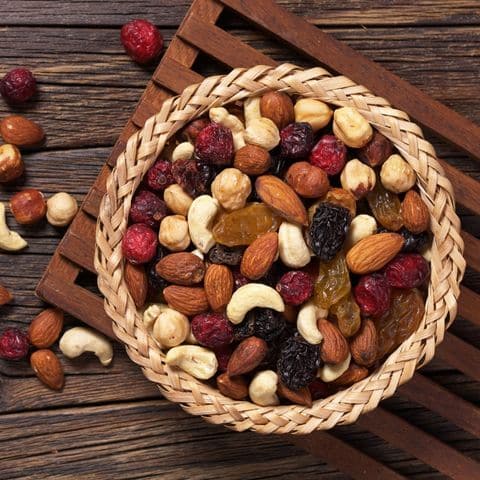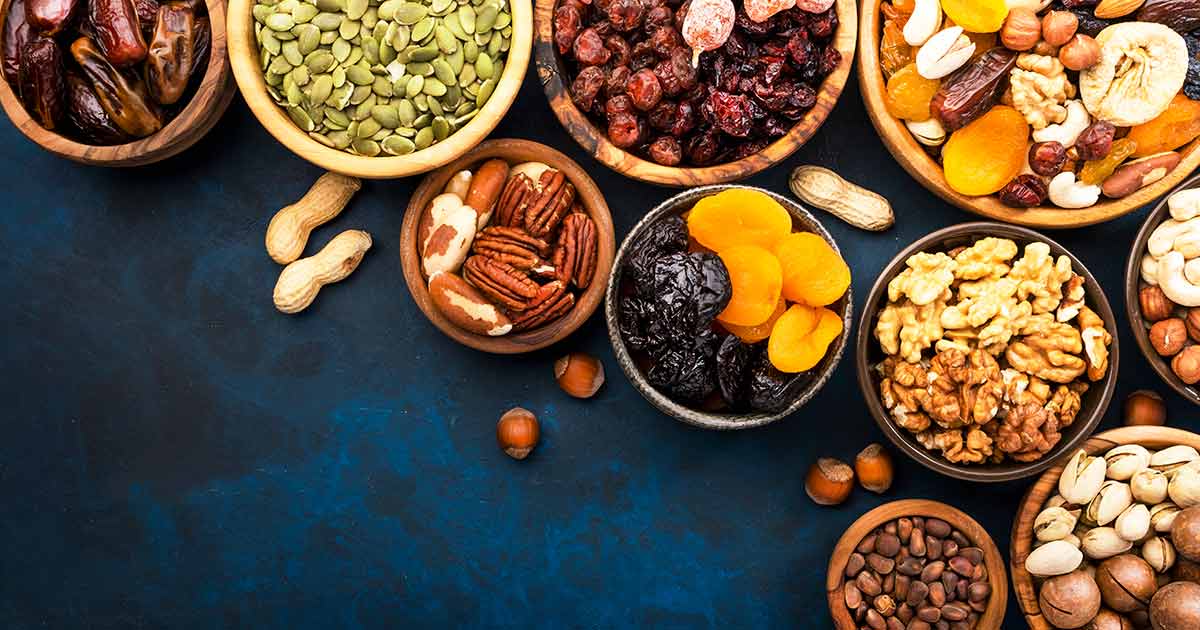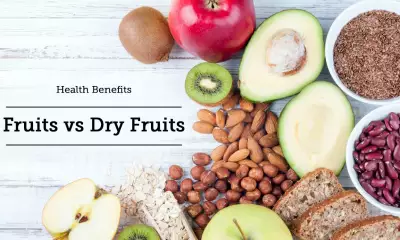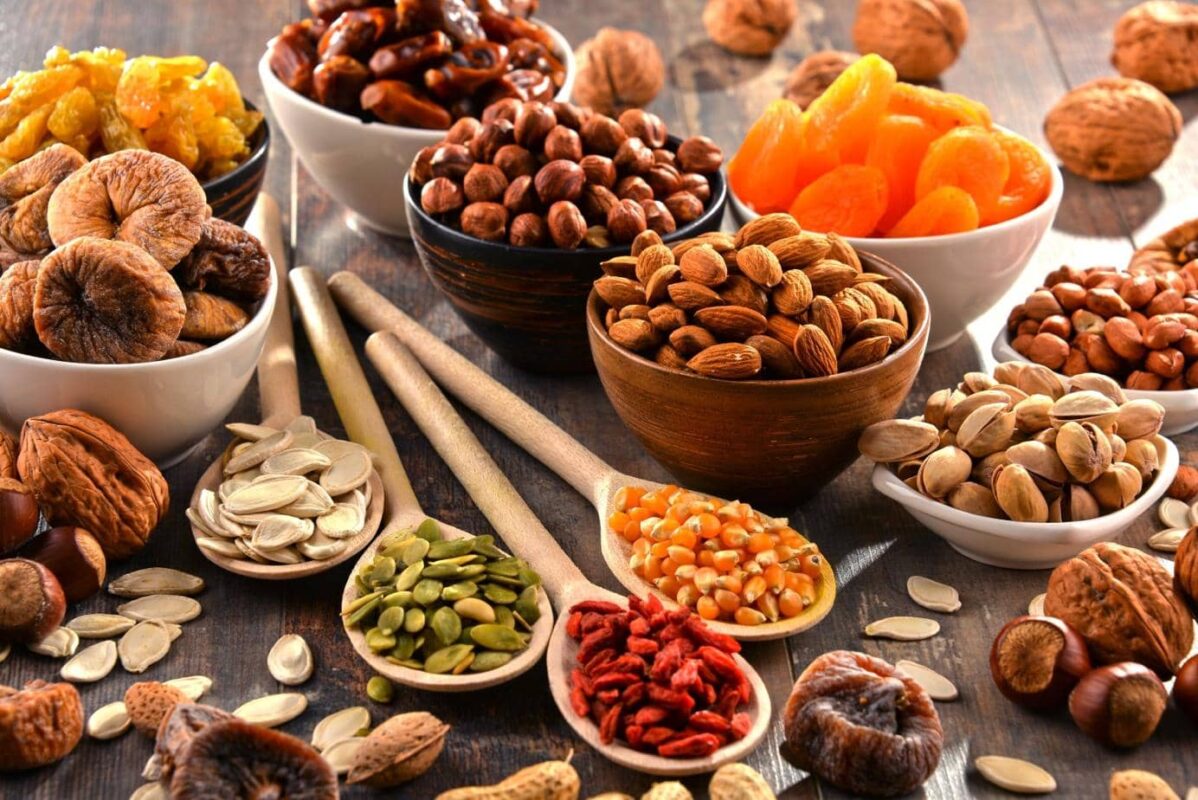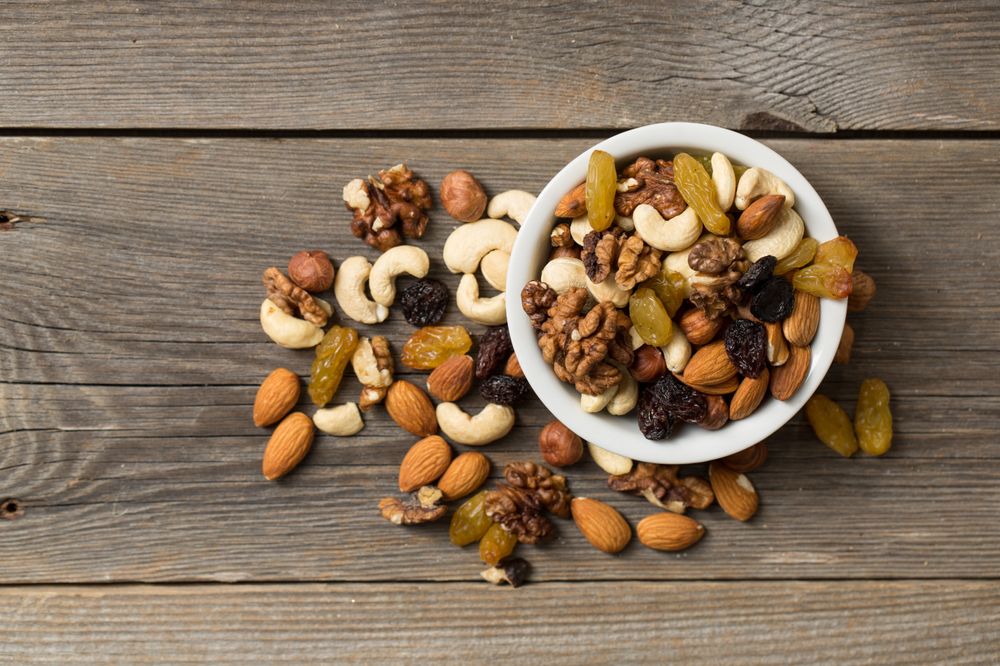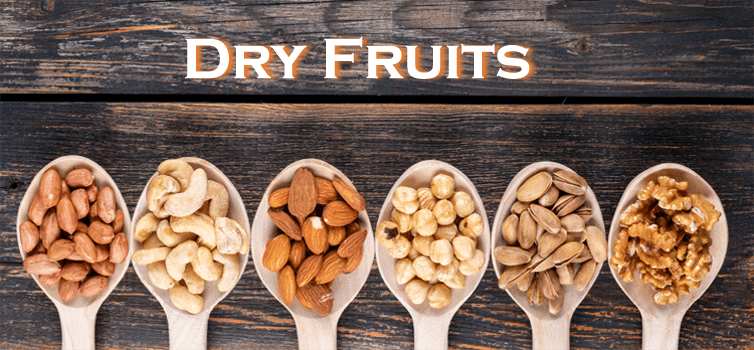Blog
Which Dried Fruit Has The Least Amount of Sugar?
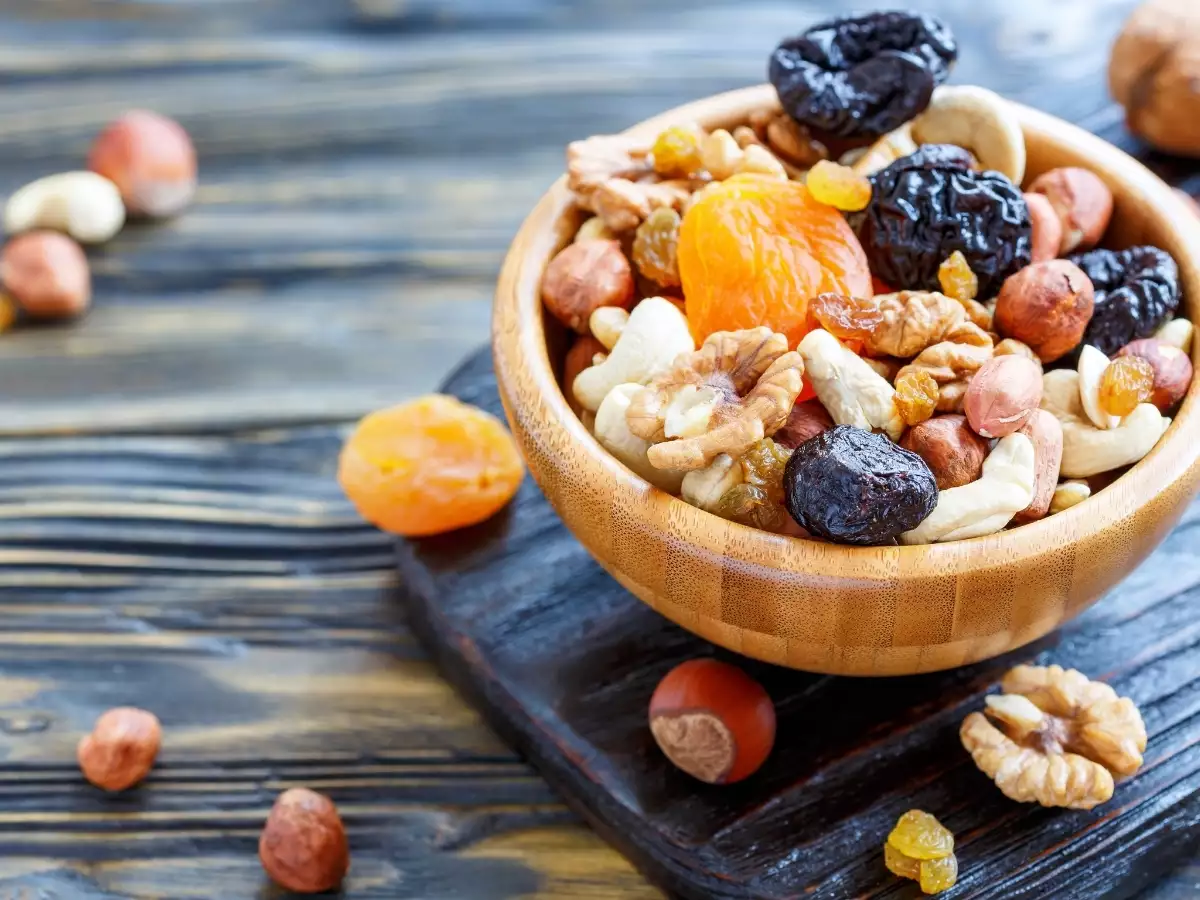
For a long time, dried fruits have been praised for their concentrated taste, portability, and ease of use. The natural sweetness and abundance of nutrients offered by dried fruits make them perfect for use in a variety of culinary creations, as well as for snacking on the move. Many people wonder, nevertheless, whether dried fruit is best when it comes to minimizing sugar, since worries about their sugar level are common. In this in-depth investigation, we seek for the sweet truth by exploring the realm of dried fruits.
How Much Sugar Is in Dried Fruit Compared to Fresh?
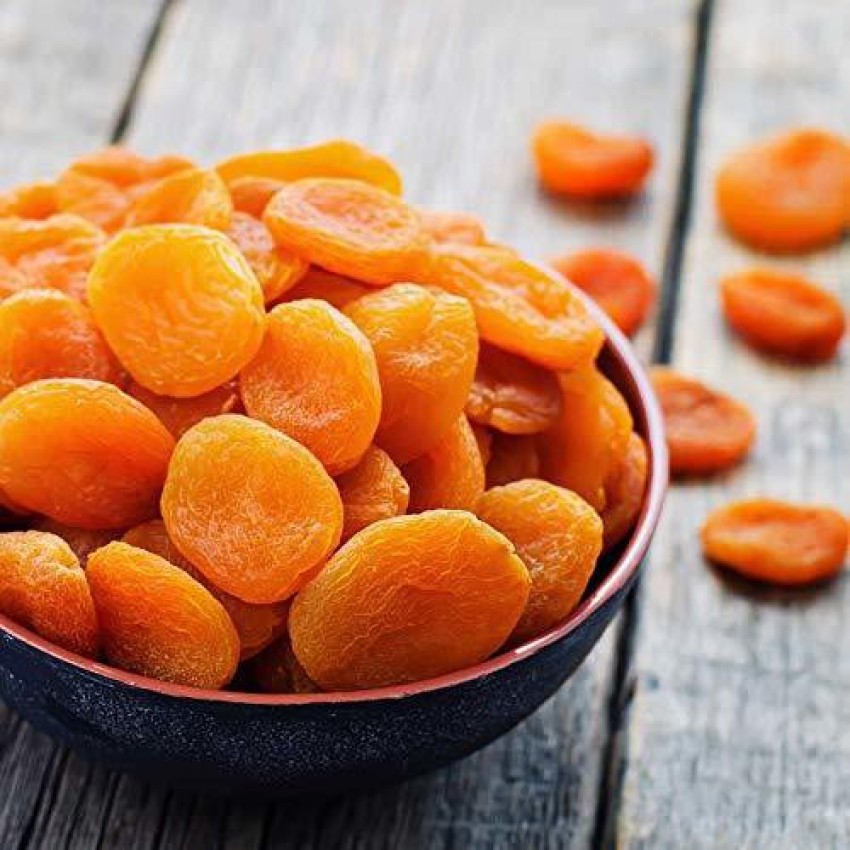
Keep in mind that commercially processed dried fruits frequently have additional sugars in addition to the naturally occurring sugars in fruits. Snacking on unsweetened or naturally dried fruits is a great way to cut down on sugar and eat better.
How to Choose the Healthiest Dried Fruit?
Considerations such as sugar concentration, nutritional density, and total calorie count are important when deciding which dried fruit is healthiest. All dried fruits are good for you since they contain vitamins, minerals, and antioxidants, but there are a few that are especially healthy:
- Dried Apricots:
Dried apricots are well-known for their nutritious profile, vivid color, and tangy-sweet taste. These juicy fruits are an excellent pick for promoting digestive health, eye health, and immune system strength due to their high fiber, potassium, vitamin A, and vitamin C content. Dried apricots are a great choice for anyone managing their sugar consumption since they are relatively low in sugar compared to other dried fruits.
- Mixed Nuts:
The dried fruit world is also home to raisins, which are essentially grapes that have been dried and are brimming with sugar. With their high amounts of antioxidants, fiber, and vital minerals like potassium and iron, raisins are surprisingly nutritious for such a little fruit. Raisins are a popular choice among health-conscious people because, while they do contain sugars, the amount of sugar in raisins is often smaller than in other dried fruits.
- Prunes:
Dried plums, or prunes, are a vitamin and fiber powerhouse, and are highly regarded for their digestive advantages. Prune health advantages include better digestion, stronger bones, and a stronger immune system, among many more. Prunes are rich in vitamins A, K, B-complex, potassium, and antioxidants. Prunes are a good option for those trying to control their blood sugar levels since, despite their sweetness, they are not very high on the glycemic index.
Tricks & Strategies for Removing Sugar from Dried Fruit
There are a lot of commercially processed dried fruits that have additional sweeteners, so it’s better to stick with naturally dried fruits if you want to avoid extra sugars. The good news is that you can make dried fruit a healthier snack by removing the extra sugar in a few different ways:
- Pay Close Attention to Labels:
Make sure there are no additional sugars or sweeteners by reading the ingredient list thoroughly when buying dried fruits. You can tell a product has minimum added sugar if it says “unsweetened” or “naturally dried” on the label.
- Home Drying:
To regulate the drying process and eliminate extra sugars, try drying your fruits at home using a food dehydrator or oven. To get the appropriate texture, thinly slice fresh fruits and dry them at low temperatures.
- Bathe and Rinse:
You may dissolve and remove the extra sugar from commercially processed dried fruits by rinsing them under running water and soaking them in warm water for a few minutes. Rinse and dry well before eating.
- Opt for Pure Fruits:
Dried figs, apricots, or prunes, for example, are better than chopped or diced fruits because they retain more of their natural sweetness and have undergone less processing.
Variety of Sugar-Free and Naturally Sweet Dry Fruits
If you’re looking for sugar-free dried fruits, there are a few types that stand out for their naturally sweet flavor:
- Snack food:
Nuts, such as almonds, walnuts, and cashews, are not fruits per se, but they are rich in protein, healthy fats, and other minerals. Eat them on their own for a crunchy snack or include them in a dish for some more flavor and crunch.
- The coconut fruit:
Shredded or chipped dried coconut is a delicious and healthy snack option. Coconut, which is high in fiber and healthful fats, is an adaptable food that works well with both sweet and savory flavors.
- Unsweetened Dried Cranberries:
Dried unsweetened cranberries preserve the natural tartness of fresh cranberries while adding a touch of sweetness and tang without the extra sugars. These little jewels are a treasure trove of antioxidants; eat them plain or toss them into a salad, baked product, or trail mix.
How to Choose the Healthiest Dried Fruit for Your Needs?
While shopping for dried fruits, it’s important to think about more than just the sugar level. Because of their decreased water content and concentrated sugars, dried fruits are calorie dense, but they are also nutrition rich. Having said that, there are calorie-light dried fruits:
- Dried Apricots:
Dried apricots are one of the leaner dried fruit options, with just around 48 calories in a serving (about 4 pieces). They are a filling snack choice for those managing their calorie consumption since their high fiber content makes you feel full for longer and may even help you manage your hunger.
- Prunes:
Another low-calorie dried fruit option is prunes, which have around 100 calories per serving (about 5 pieces). Their high fiber content helps with digestion and may make you feel full, which may keep you from eating too much.
- Unsweetened Dried Cranberries:
If you’re watching your calorie consumption but still want the health benefits of dried fruits, unsweetened dried cranberries are a good alternative since they only have around 93 calories per serving (about 1/4 cup).
Healthy Diet that Includes Dried Fruits
It is crucial to eat dried fruits moderately and in conjunction with other nutrient-dense meals when adding them to your diet. To help you include dried fruits into a healthy diet, here are some suggestions:
- Vary the Scope:
For a well-rounded snack or dinner, mix dried fruits with mixed nuts, seeds, and healthy grains. Dried fruits have natural sugars, but the protein and good fats from nuts and seeds make them a more balanced and nutritious snack.
- Make Natural Sugar Substitutes:
When making baked products, sauces, or marinades, try using dried fruits instead of manufactured sweeteners. You may naturally sweeten and moisten foods using dates, figs, and prunes instead of using additional sugars.
- Toss with dinner:
Try adding dried fruits to salads, yogurt parfaits, oats, and grain bowls for a nutritional and taste explosion. The sweetness and texture of dried fruits may complement the sour and salty tastes of savory foods.
Conclusion
Finding the lowest sugar dried fruit requires consideration of several variables, such as calorie count, nutritional density, and sugar level. Although there are many health advantages to eating dried fruits, certain types are more nutrient dense and have less sugar than others.
People may still enjoy the sweet flavor of dried fruits without sacrificing their health objectives if they choose naturally dried fruits like prunes, apricots, and raisins that do not include added sugars. Dried fruits, when eaten with care and awareness, may be a tasty and healthy way to add more vitamins, minerals, and antioxidants to your diet.
Here are 10 frequently asked question about Which Dried Fruit Has The Least Amount of Sugar?
Q1: Among popular dried fruits, which one contains the least amount of sugar?
A1: Among popular dried fruits, dried apricots generally have the least amount of sugar when compared to other dried fruits.
Q2: Why do dried apricots have lower sugar content compared to other dried fruits?
A2: Dried apricots have lower sugar content because they are often unsweetened and dried naturally without added sugars. The natural sugars in the fruit become more concentrated during the drying process, but since no additional sugars are added, they maintain a relatively low sugar content.
Q3: How does the sugar content in dried apricots compare to other dried fruits like raisins or dried cranberries?
A3: Dried apricots generally have a lower sugar content compared to raisins and dried cranberries. Raisins and dried cranberries are often processed with added sugars to enhance their sweetness, leading to a higher overall sugar content.
Q4: Can you provide a comparison of the sugar content in dried apricots versus dried mangoes?
A4: Dried apricots usually have lower sugar content than dried mangoes. Dried mangoes often contain added sugars to enhance their taste, making them higher in sugar compared to dried apricots, which are typically unsweetened.
Q5: What are some health benefits of choosing dried fruits with lower sugar content?
A5: Choosing dried fruits with lower sugar content can be beneficial for those monitoring their sugar intake. Such fruits provide natural sweetness without the excessive sugar, making them a healthier snack option. Additionally, they often retain more of their natural vitamins and fiber, contributing to better overall nutrition.
Q6: Are there any specific brands or types of dried apricots that are commonly found with no added sugars?
A6: Yes, many health food stores and organic markets offer dried apricots labeled as “unsweetened” or “no added sugars.” Reading the product labels can help ensure you are selecting dried apricots without additional sugar content.
Q7: How can one incorporate dried apricots with low sugar content into their diet?
A7: Dried apricots with low sugar content can be enjoyed on their own as a snack, added to oatmeal, yogurt, or used in baking. They can also be chopped and mixed with nuts for a healthy trail mix or blended into smoothies for natural sweetness without the need for added sugars.
Q8: Are there any specific nutritional advantages to choosing dried fruits with minimal sugar?
A8: Yes, choosing dried fruits with minimal sugar content ensures that you’re getting the natural sweetness without the extra empty calories. These fruits are rich in dietary fiber, vitamins, and minerals, making them a nutritious choice for snacking. Additionally, they help in maintaining stable blood sugar levels.
Q9: What is the recommended daily intake of dried fruits for an average adult?
A9: The recommended daily intake of dried fruits can vary based on individual dietary needs and overall calorie intake. However, a small handful (about 1/4 cup) of dried fruits per day can be a reasonable portion for most adults. It’s important to balance dried fruits with a variety of other foods to ensure a well-rounded diet.
Q10: Are there any natural alternatives to sweeten recipes that typically call for dried fruits with added sugars?
A10: Yes, natural alternatives like ripe bananas, unsweetened applesauce, or pureed dates can be used to sweeten recipes instead of dried fruits with added sugars. These alternatives not only add natural sweetness but also provide additional nutrients and fiber to the dish.



